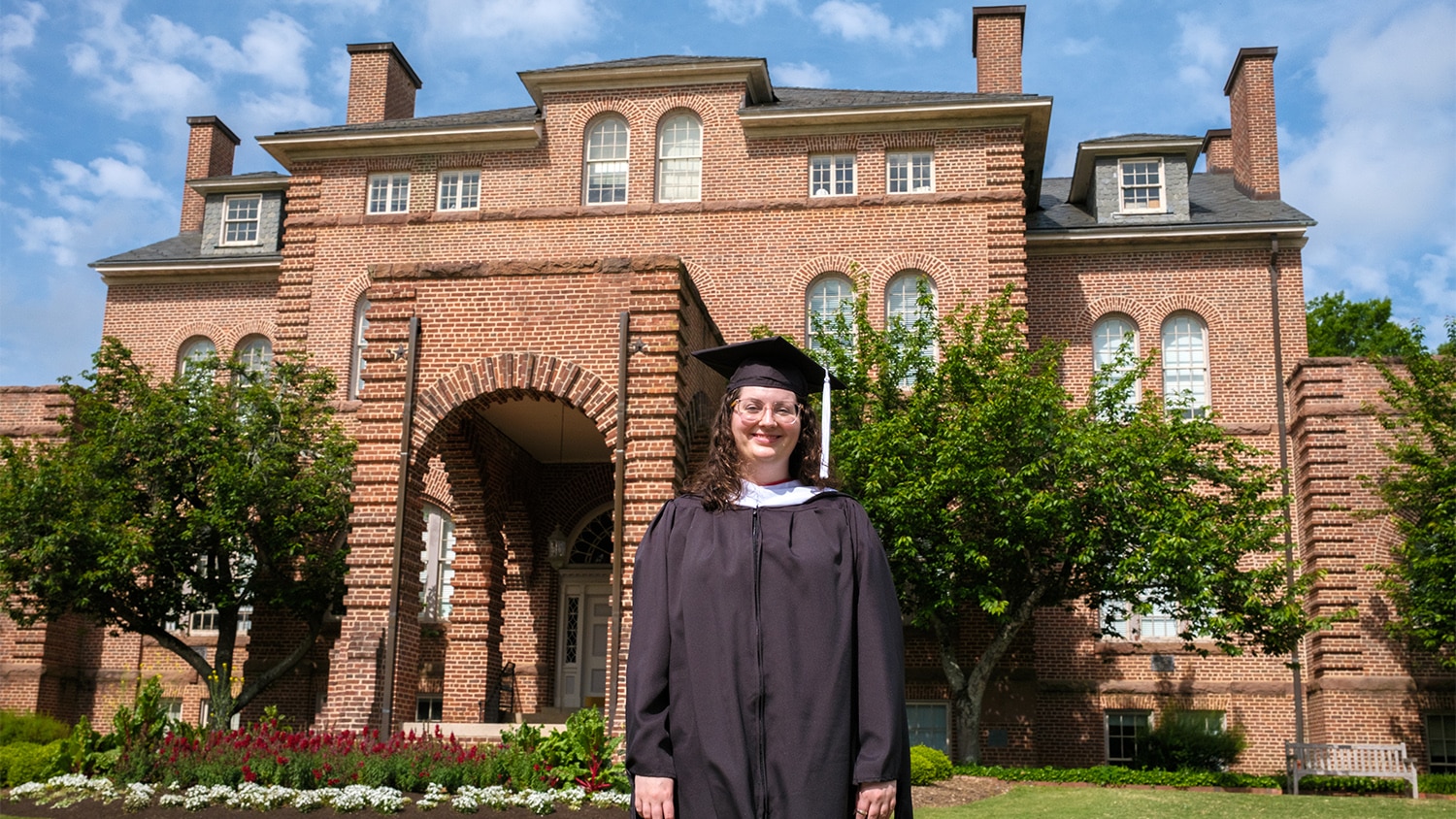Beyond Trimming
As the state’s budget appears to be worsening, NC State has begun a new round of budget planning. The university is now preparing strategies for a budget cut of up to 18 percent.
While university leaders remain hopeful that the final cuts may be less – perhaps 11 to 15 percent – NC State must prepare a range of viable options, said Charles Leffler, vice chancellor for finance and business.
“We have to get ideas on the table that go beyond trimming around the edges,” Leffler said. “For planning purposes, we needed to set a target that would cause us to think about the way we’re structured.”
He said that centers, departments and even colleges could be reconfigured or eliminated, given the drop in state revenue and slow pace of economic recovery.
At a meeting on May 28, the chancellor, Interim Provost Warwick Arden and Leffler charged deans, executive officers and department heads with developing proposals for additional budget reduction options by June 15. Each dean or executive officer will meet with budget officers in late June so that NC State has plans in place by the time the state budget is finalized, probably in mid-July.
Academic affairs units have been asked to plan how they would cut an additional 9 percent from their budgets, Leffler said. That number is in addition to the 7 percent budget reduction in progress and a 2 percent adjustment for the tuition component of the budget.
“When you adjust for the reductions we’re already making and the tuition component, we’re asking the campus to come up with 9 percent worth of new budget cutting ideas,” Leffler said. The final distribution of cuts will vary by unit rather than being across the board.
Those proposals will be used to create plans for various levels of cuts in state funding – 11 percent, 13 percent and so on, he said. The goal is to find a mix of short-term and long-term reductions. Some ideas may take one or two years to implement.
“That’s still a lot to ask, and there’s no question that cuts of this magnitude will have an impact on our people and how we’re able to serve students and citizens,” Leffler said.
“When you’re a university that’s in all 100 counties and on the Cherokee Reservation, it’s against our nature to say no to the people of North Carolina. But there will be some things we simply have to stop doing.”
Centers Under Scrutiny
Having budget reduction plans in place could give NC State more control over its future.
“We’re asking state legislators to give us a dollar target for budget reductions and the flexibility to make the decisions to meet it,” Leffler said. “We want to get input from our people at the college and unit level because they’re the ones who know the benefits and costs of what we do.”
The House subcommittee on education has proposed cutting $2.1 million in funding for centers and institutes in the UNC system, a move NC State is appealing, said Dr. Terri Lomax, vice chancellor for research and graduate studies.
Many centers are grant-funded and don’t receive any state appropriations, so cutting them wouldn’t help with the budget reductions, she said.
NC State began an accelerated review of its 68 centers and institutes in January, when Lomax became vice chancellor. In addition to regular biennial reports and five-year external reviews, centers will submit reports this summer on their effectiveness.
“Our goal is to provide administrators with good information for evaluating how to support programs,” she said.
Centers and institutes in the official two-year planning stage are also under review, Lomax said.
Three of six “centers in planning” will not become established: the Cooperative Tourism Research Center in the College of Natural Resources, the Center for Research of the Nano/Biomaterial Interface in the College of Physical and Mathematical Sciences, and the North Carolina Coastal Resources Law, Planning and Policy Center in the Office of the Vice Chancellor for Research and Graduate Studies.
There is a moratorium on starting centers or institutes. Lomax pointed out that the moratorium will also affect a number of other planned centers which had not yet submitted proposals to receive the chancellor’s authorization as “centers in planning.”
“It takes resources to start up a program,” Lomax said. “Colleges can’t start these new centers with such drastic cuts. We don’t want faculty to put in a huge effort if they can’t go forward.”
Changes for Students
Tuition for NC State students would increase by $200 this fall under the House version of the state budget. The House mandated increases of $200 or 8 percent, whichever is less, for all universities in the UNC system. That would bring NC State’s tuition costs to $4,060, not including fees.
“That increase offsets a loss in state funding,” said Steve Keto, associate vice chancellor for resource management. “We take in more tuition and it replaces state appropriations in our budget and places a greater burden on students.”
No changes are planned to the fall class schedule. However, if academic programs are phased out, the university will work with students to help them finish degrees and complete credits they need to graduate, Keto said.
- Categories:


